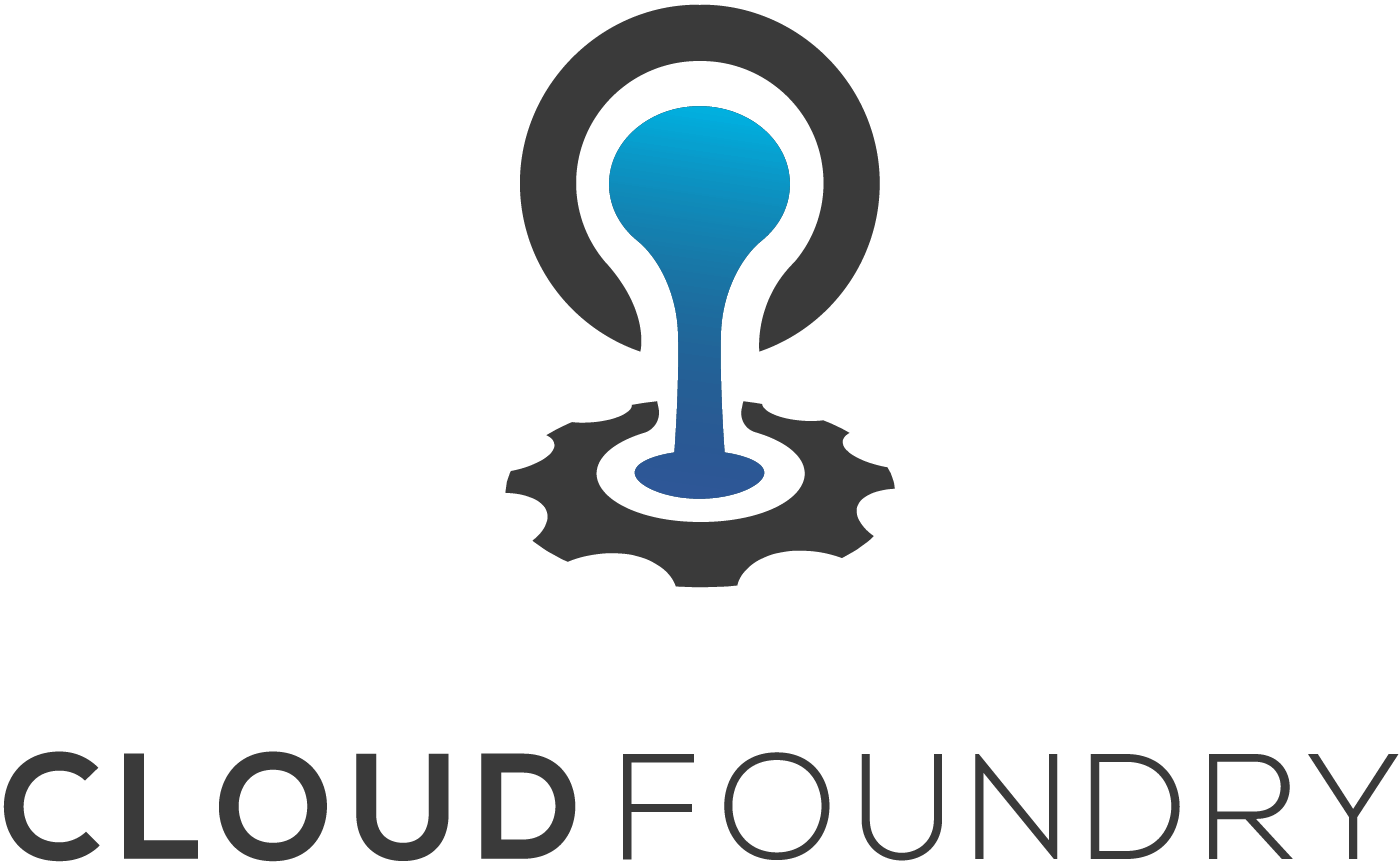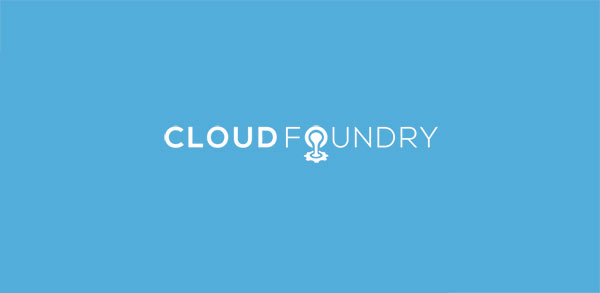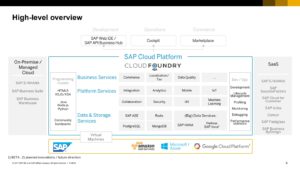This post is part of a series of sponsored posts written leading up to Cloud Foundry Day EU 2024. Authored by Julian Fischer, CEO of anynines.
In recent years, the cloud-native landscape has undergone a significant transformation, with Kubernetes emerging as a dominant force in container orchestration. This rapid ascent has led many to question the future of other platforms, including Cloud Foundry. However, a closer examination of the current state of cloud-native technologies reveals a much more nuanced picture—one where Cloud Foundry continues to offer unique value, particularly in large-scale enterprise environments.
Table of Contents:
- The Enduring Cloud Foundry Business Case
- Operational Efficiency at Scale
- Cloud Foundry Key Strengths
- Bridging Technologies: Cloud Foundry and Kubernetes
- Opportunities and Challenges
- Looking Forward
The Enduring Cloud Foundry Business Case
Despite past predictions to the contrary, Kubernetes has not fully cannibalized Cloud Foundry’s territory; there are encouraging signs of renewed momentum within the Cloud Foundry ecosystem. In fact, large-scale Cloud Foundry environments running numerous cloud-native applications often provide superior economy of scale compared to equivalent Kubernetes setups.
Operational Efficiency at Scale
In examining the challenges that arise in large-scale Kubernetes environments, it becomes clear that Cloud Foundry’s operational efficiency remains superior for certain workloads. This efficiency is especially evident in enterprises managing extensive application portfolios.
To understand why this is the case, we need to look into some of the complexities that organizations and enterprises face when scaling Kubernetes:
1. Resource Management
As Kubernetes clusters grow, efficiently managing compute, storage, and network resources becomes increasingly complex. Cloud Foundry’s built-in resource allocation and management capabilities often prove more straightforward in large-scale deployments.
2. Configuration Complexity
Kubernetes offers great flexibility, but this comes at the cost of increased configuration complexity. In large environments, managing numerous YAML files and ensuring consistent configurations across multiple clusters can be a daunting challenge. Cloud Foundry’s opinionated approach reduces this complexity.
3. Monitoring and Troubleshooting
As the number of microservices and containers grows, monitoring and troubleshooting become more challenging in Kubernetes environments. Cloud Foundry’s integrated logging and monitoring features can simplify these tasks.
4. Security and Compliance
Implementing and maintaining security policies across a large Kubernetes ecosystem requires significant effort. Cloud Foundry’s built-in security features and standardized workflows can make it easier to maintain compliance in regulated industries like healthcare, telecommunication, financial services and institutions, and government-related operations.
5. Update and Patch Management
Keeping a large Kubernetes environment up-to-date with the latest security patches and version updates is a complex, time-consuming process. Cloud Foundry’s BOSH component simplifies this process by providing a more streamlined approach to lifecycle management.
Cloud Foundry Key Strengths
Understanding these challenges helps highlight why Cloud Foundry continues to excel in certain scenarios. Let’s analyze the key strengths of Cloud Foundry in more detail:
Developer-Centric Approach
Cloud Foundry’s opinionated platform offers a streamlined experience for rapid application deployment and scaling. This approach significantly reduces the cognitive load on developers and allows them to focus on writing code rather than managing infrastructure. The platform’s “cf push” command is a perfect example of this simplicity; it enables developers to deploy web applications with minimal configuration.
Abstraction of Complexity
By handling infrastructure intricacies, Cloud Foundry allows developers to focus primarily on web application code. This abstraction layer is particularly valuable in large organizations where specialization is common. It enables application developers to be more productive without needing to become experts in container orchestration or infrastructure management.
Enterprise Readiness
The platform boasts a mature ecosystem, robust security features, and a proven track record in large-scale deployments. Cloud Foundry has been battle-tested in some of the world’s largest enterprises, demonstrating its ability to handle mission-critical workloads. Its role-based access control (RBAC), integrated security features, and compliance with various industry standards make it a go-to choice for organizations in regulated industries.
Multi-Language Support
Cloud Foundry’s broad language and framework support cater to organizations with diverse technology stacks. This polyglot nature is crucial for large enterprises that often have applications written in multiple languages and frameworks. Cloud Foundry’s buildpacks automatically detect and configure the right runtime environment for different application types, further simplifying the deployment process.
Hybrid Cloud Capabilities
The platform offers flexibility in deploying across multiple cloud providers and on-premises environments. This multi-cloud support is increasingly important as organizations seek to avoid vendor lock-in and optimize their cloud spending. Cloud Foundry’s consistent platform-as-a-service (PaaS) experience across different infrastructure providers is a significant advantage in complex, multi-cloud architectures.
Bridging Technologies: Cloud Foundry and Kubernetes
Rather than viewing Kubernetes as a competitor, the Cloud Foundry community has embraced integration efforts. This approach recognizes the strengths of both platforms and seeks to create synergies between them. Two notable projects in this space are:
Klutch
Klutch is an open-source orchestration tool that provides abstractions for managing data services across public or private clouds to bridge the gap between Cloud Foundry and Kuberenetes. Klutch enables organizations to leverage a unified Kubernetes-native interface for their tasks like service plans, instances, bindings, and backup/restore operations. It enables pluggable automation backends and infrastructure independence, allowing for easy adaptation to various cloud environments while simplifying the developer experience and CI/CD pipelines across different data services.
Korifi
Korifi is an open-source project aims to bring Cloud Foundry’s developer experience to Kubernetes. It implements Cloud Foundry’s core APIs and concepts on top of Kubernetes so that developers can use familiar Cloud Foundry commands and workflows while leveraging Kubernetes as the underlying infrastructure. Korifi seeks to combine the ease of use of Cloud Foundry with the flexibility and scalability of Kubernetes.
These initiatives demonstrate how Cloud Foundry can complement and enhance Kubernetes environments, rather than compete directly against them. They provide a path forward for organizations that want to leverage the strengths of both platforms. These project examples emphasize how Cloud Foundry continues to provide value in scenarios where operational efficiency, developer productivity, and enterprise-scale deployments are significant.
Opportunities and Challenges
While Cloud Foundry continues to offer significant value, it’s important to acknowledge the challenges in today’s market:
1. Kubernetes’ Growing Mindshare
The sheer popularity and momentum of Kubernetes can overshadow Cloud Foundry’s benefits. The vast ecosystem of tools and services built around Kubernetes creates a strong gravitational pull for both developers and organizations.
2. Perceptions of Legacy Technology
Some may view Cloud Foundry as an older technology, despite its continued evolution.
3. Complexity of Choice
Organizations may struggle to understand when to choose Cloud Foundry over Kubernetes or vice versa. The nuances of each platform’s strengths can be difficult to navigate—especially for teams without experience in both technologies.
It’s ideal for the Cloud Foundry community to address these challenges and capitalize on future opportunities by focusing on the following key areas. First and foremost is education—providing clear, comparative resources to help decision-makers understand when to choose Cloud Foundry over Kubernetes (and vice versa) for specific use cases.
Another crucial aspect is innovation and demonstrating Cloud Foundry’s continued evolution and adaptation to cloud-native trends. This includes ongoing contributions and work on projects like Klutch.io and Korifi, as well as exploring new areas where Cloud Foundry can add value in the changing technology landscape.
Community building is equally important to attract and retain both developers and enterprises. The Cloud Foundry Foundation does a great job of this by organizing events, creating learning resources, and facilitating knowledge sharing among Cloud Foundry users and contributors.
Lastly, opportunities for Cloud Foundry lie in highlighting the strengths the platform provides throughout the developer experience. As the complexity of cloud-native technologies grows, platforms that can abstract away this complexity while maintaining flexibility will become increasingly valuable.
Looking Forward
The cloud-native landscape is vast and diverse, with room for multiple technologies. Cloud Foundry continues to excel in operational efficiency, developer productivity, and enterprise-scale deployment scenarios. By focusing on its unique values and embracing integration with complementary technologies like Kubernetes, Cloud Foundry is well-positioned to thrive in specific niches within the cloud-native ecosystem.
It’s crucial to recognize that the choice between Cloud Foundry and Kubernetes is not always an either/or proposition. Many organizations may find that a hybrid approach that leverages the strengths of both platforms actually provides the optimal solution for their diverse application needs. Efforts to integrate Cloud Foundry with Kubernetes point to a future where these technologies coexist and complement each other.
It is important for organizations to clearly understand their specific needs, the strengths of each platform, and how they can be used together to create a comprehensive cloud-native strategy. As the cloud-native landscape continues to evolve, Cloud Foundry’s focus on developer experience, operational efficiency, and enterprise readiness ensures that it will remain a valuable element in the modern application development toolkit.
All in all, the future of cloud-native development is not about a single dominant technology—it’s about creating ecosystems where different tools and platforms work together to meet the diverse and ever-changing needs of modern organizations.




